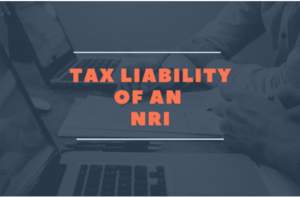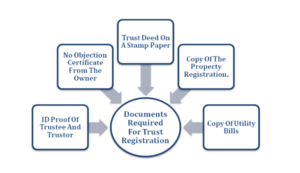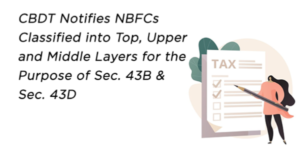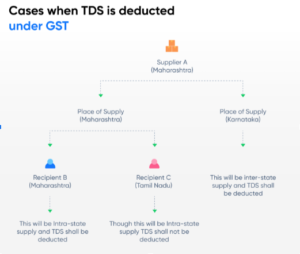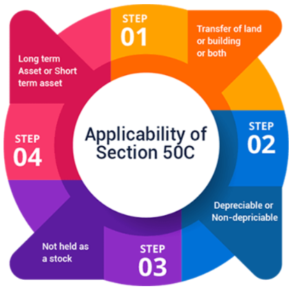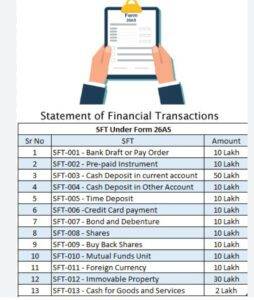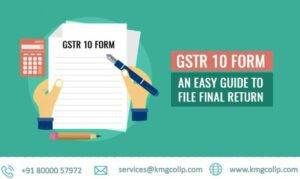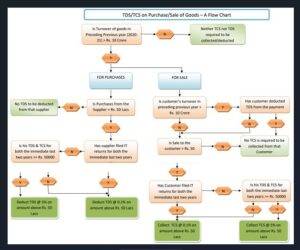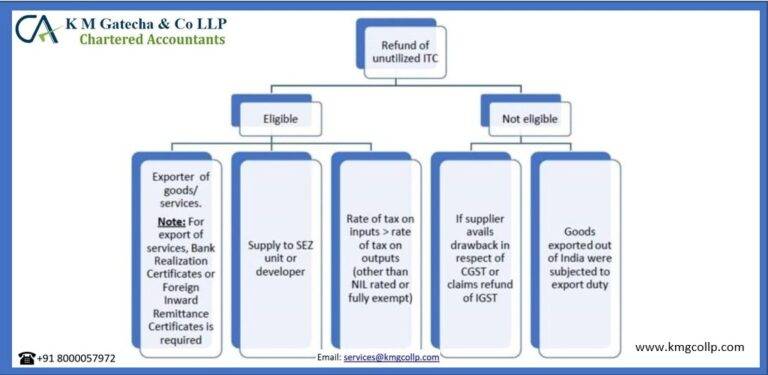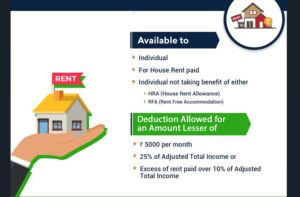Trademarks are distinctive symbols, designs, images, or phrases used to identify and distinguish a company’s goods or services. They play a crucial role in setting a brand apart from its competitors and can be closely linked to a product or business identity. Since trademarks are considered intellectual property, they are legally protected against unauthorized use. In India, the rights and regulations governing trademarks fall under the Trademark Act of 1999.
To secure exclusive rights over a trademark, it must be registered. Registering a trademark is essential as it prevents others from imitating or misusing it for deceptive purposes. A registered trademark helps consumers instantly recognize a brand and its reputation, much like the iconic Nike “swoosh” or the leaping wildcat logo of Puma.
Unlike patents, which have a fixed validity of 20 years, trademarks do not have a permanent expiration. A trademark is initially valid for 10 years from the date of registration. However, unlike patents, a trademark can be renewed every 10 years indefinitely. As long as the renewal process is maintained, the trademark remains legally protected and in effect under the provisions of the Trademark Act.
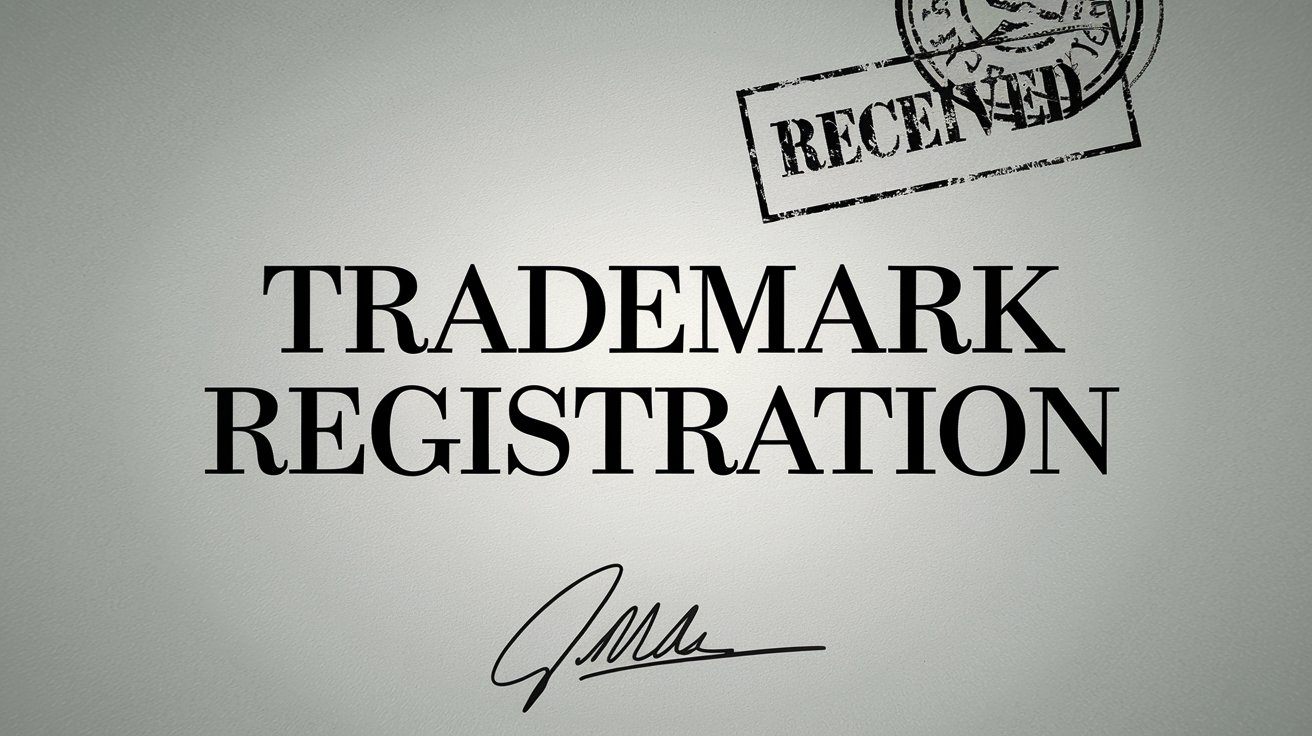
1. Trademarking a Brand Name
Registering a trademark for your company’s name safeguards your brand, its reputation, and the ideas you have worked tirelessly to establish. Since you have invested significant effort into building your brand, protecting it from misuse or infringement is crucial. While the trademark registration process may take time, the risk of leaving your brand unprotected—especially against legal claims from larger companies—is far worse.
In India, trademark registration has been made accessible and straightforward through the IP India Portal. You can apply for a trademark for any of the following elements individually or in combination:
- Letters
- Words
- Numbers
- Phrases
- Graphics
- Logos
- Sound Marks
- Scents or color combinations
2. Trademark Registry
The Trademark Registry was first established in 1940, and the Trademark Act of 1999 later solidified its legal framework. Today, the registry operates as the implementing body of the Act, ensuring compliance with all trademark laws in India.
The Head Office of the Trademark Registry is located in Mumbai, with regional branches in Delhi, Ahmedabad, Chennai, and Kolkata. When a trademark is submitted for registration under the Trademark Act, 1999, the registry carefully examines whether it meets all the required conditions before officially approving and recording it in the Trademark Registry.
3. Who Can Apply for a Trademark?
The trademark owner is the one who applies for trademark registration. The individual or entity named as the applicant in the registration form will be legally recognized as the owner once the trademark is successfully registered. The application can be filed by:
- An individual
- A company
- A Limited Liability Partnership (LLP)
4. How to Register a Trademark?

Trademark registration in India is handled by the Registrar Office of Trade Marks. The process involves several important steps:
1. Choosing a Trademark
Selecting a unique and distinctive mark is crucial, as it will represent your brand. Additionally, you must determine the correct class under which your trademark falls. There are currently 45 trademark classes:
- Classes 1-34 cover goods
- Classes 35-45 cover services
2. Conducting a Trademark Search
Before proceeding with registration, it is advisable to conduct a trademark search to ensure your chosen mark is not similar to an existing registered trademark. You can do this by:
- Self-checking online: Visit the Controller General of Patents, Designs, and Trademarks website, navigate to the public search option, select your relevant class, and check the database.
- Seeking legal assistance: Hiring a trademark expert or attorney can be a safer option, as they will not only conduct the search but also assist with the entire registration process. Though this involves a fee, it can help avoid legal complications in the long run.
3. Filing the Trademark Application
You can file an application for a single class, multiple classes, a series trademark, or a collective trademark by filling out Form TM-A. This form allows registration across multiple classes.
Fee Structure for Filing Form TM-A:
Applicant Type | E-Filing Fee | Physical Filing Fee |
Large companies, LLPs (non-startups) | ₹9,000 | ₹10,000 |
Individuals, Startups, Small Enterprises | ₹4,500 | ₹5,000 |
4. Submitting the Application
While completing the form, ensure accuracy, as errors may cause delays or rejection. You must:
- Provide all necessary details.
- Attach a clear image of the trademark (9×5 cm dimensions).
- Submit five duplicates of the trademark image if required.
You can submit the application either online or physically through an agent or by yourself.
- Online filing: Provides immediate confirmation.
- Physical filing: May take 15-20 days for confirmation.
By ensuring all steps are correctly followed, you can secure your trademark and protect your brand’s identity.
5. Online Trademark Registration Procedure
Step 1: Choose a Unique and Distinctive Brand Name
To create a strong trademark, look for a brand name that is uncommon, creative, and unique. Most generic names are already registered, so opting for something catchy and unconventional increases your chances of approval. You can even invent a word or combine generic words to form a distinct and memorable brand name. Before finalizing, conduct a quick search to ensure your chosen name is not already in use.
Step 2: Prepare the Trademark Application
For online trademark registration, you must submit an application along with the following supporting documents:
- Business Registration Proof:
- If you operate as a sole proprietorship, provide ID proof (e.g., PAN card or Aadhaar card).
- If your business is a company, submit the company’s address proof along with director identity documents.
- A soft copy of the trademark.
- Proof of claim (if applicable), demonstrating that the mark has been used in another country.
- Power of Attorney (POA), signed by the applicant, authorizing legal representation.
Step 3: Submit the Trademark Application
There are two ways to file your trademark application (Form TM-A):
- Manual Filing:
- Submit the application physically at the Trademark Registrar Office in major Indian cities like Delhi, Mumbai, Kolkata, Ahmedabad, and Chennai.
- After submission, it takes approximately 15-20 days to receive an acknowledgment receipt.
- E-Filing (Online Filing):
- The faster and more convenient method.
- Submit your application through the government’s official website.
- You will instantly receive an acknowledgment receipt upon submission.
Once you receive the acknowledgment, you are legally permitted to use the ™ (Trademark) symbol alongside your brand name, indicating that your trademark is under registration!
Step 4: Examination of the Brand Name Application
Once your trademark application is submitted, the Registrar of Trademarks will review it to ensure compliance with legal requirements. The examination process involves verifying that:
- The brand name adheres to the Trademark Act.
- It is not identical or too similar to any existing or pending trademarks.
This is why choosing a distinctive and unique brand name is highly recommended to avoid conflicts or rejection.
Step 5: Publication in the Indian Trademark Journal
After successful examination, the Registrar will publish your trademark in the Indian Trademark Journal. This is a crucial step in the registration process.
- The public has 4 months from the date of publication to raise any objections.
- If no opposition is filed within this period, the trademark proceeds toward registration.
Step 6: Trademark Opposition Process
If a third party objects to your trademark within 4 months of publication, the Registrar will issue you a notice of opposition. You must respond by filing a counter-statement within 2 months of receiving the notice.
- If you fail to submit a counter-statement within this period, your trademark application will be considered abandoned and rejected.
- If no opposition is raised, this step is skipped, and your trademark moves toward final approval.
Step 7: Hearing on Trademark Opposition
If your trademark faces opposition and you submit your counter-statement, the Registrar will:
- Share your response with the opposing party.
- Both parties must submit supporting evidence for their claims.
- A hearing will be conducted, allowing both parties to present their case.
- After reviewing the evidence, the Registrar will make a decision to either accept or reject your trademark application.
If your application is approved, it proceeds to the final registration stage.
Step 8: Issuance of the Trademark Registration Certificate
If there are no objections within 4 months or if the opposition is resolved in your favor, the Registrar will issue the Trademark Registration Certificate with the official seal of the Trademark Registry.
🎉 Congratulations! From this moment, you can proudly use the registered trademark symbol (®) beside your brand name, signifying its legal protection and exclusive ownership.
6. Tracking the Status of Your Trademark Application
After successfully filing your trademark application, you will receive an allotment number, which allows you to track the status of your application online.
- Processing Time: Typically, if there are no issues, the examination and approval process takes 18-24 months. However, any objections or complications can extend this timeline.
- Priority Handling: Trademark applications are processed based on their filing date, meaning older applications are reviewed first.
- Temporary Usage Rights: Even before final approval, you can start using the ™ (Trademark) symbol next to your brand name once you receive your allotment number.
7. Trademark Registration and Validity
Once your trademark is approved, the Trademark Registry will issue an official Trademark Registration Certificate, confirming that your brand is now legally protected.
- The registration is valid for 10 years from the filing date.
- Renewal: After 10 years, you can renew your trademark indefinitely to maintain protection.
- Jurisdiction: Your registered trademark is only valid in India and does not grant international rights or protection.
8. Trademark Registration Fees
The cost of trademark registration varies depending on the applicant type:
Applicant Type | Registration Fee |
Individuals | ₹10,000* |
Companies | ₹15,000* |
* Prices may vary. Contact legal experts for the latest pricing details and assistance with registration.
9. Top 8 Things You Should Know About Trademark Registration
A trademark is one of the most valuable assets for a business, serving as a visual identity for a company and helping in brand recognition. In India, trademarks are governed by the Trademark Act, 1999 and registered under the Controller General of Patents, Designs, and Trademarks, under the Ministry of Industry and Commerce.
Here are the top 8 essential things to know about trademark registration:
1. Different Types of Trademarks
You can register various types of trademarks, including:
✔ Word Marks
✔ Service Marks
✔ Logos and Symbols
✔ Shape of Goods
✔ Series Marks
✔ Collective Trademarks
✔ Certification Marks
✔ Geographical Indicators
✔ Pattern Marks
✔ Sound Marks
✔ Colour Marks
✔ Three-Dimensional Marks
2. Trademarks Are Intangible Assets
A trademark is a form of intellectual property that adds value to your company. It can be sold, licensed, franchised, or commercially exploited to generate revenue.
3. Legal Protection Against Infringement
Once registered, your trademark is legally protected from unauthorized usage. You have the right to take legal action against any individual or business that uses your mark without permission.
4. Importance of a Trademark Search
Before filing a trademark application, you should check for existing trademarks using the Indian Trademark Registry database to avoid conflicts and objections.
5. Selecting the Right Trademark Class
Trademarks are categorized into 45 different classes, out of which:
- 34 classes are for products
- 11 classes are for services
Choosing the correct class is crucial for protecting your trademark rights.
6. Trademark Registration is Voluntary, But Recommended
Although not mandatory, registering a trademark provides legal ownership and makes it easier to prove your rights in case of a dispute.
7. Trademark Validity and Renewal
- A registered trademark is valid for 10 years.
- You can renew it indefinitely every 10 years to maintain protection.
- If not renewed on time, it can be removed but restored through a formal process.
8. Understanding Trademark Symbols
- ™ (TM) and SM (Service Mark) → Used for pending trademark applications.
- ® (Registered) → Used after official trademark approval, providing full legal protection.
- © (Copyright) → Used for creative works (e.g., books, photography, films, etc.), not trademarks.
10. Benefits of Trademark Registration in India
Registering a trademark provides numerous advantages to businesses and individuals. Here’s why trademark registration is beneficial:
1. Legal Protection
✅ Protects against unauthorized use and infringement
✅ Allows you to sue infringers and claim damages
✅ Gives exclusive ownership in your business sector (Class)
2. Product Differentiation
✅ Helps customers distinguish your products from competitors
✅ Builds a unique brand identity
3. Stronger Brand Recognition
✅ Creates a strong brand association for customers
✅ Boosts customer loyalty and trust
4. Trademark Becomes a Business Asset
✅ Recognized as an intangible asset in accounting and taxation
✅ Can be sold, licensed, franchised, or commercially leveraged
5. Enhances Business Valuation & Goodwill
✅ Increases your brand value and industry credibility
✅ Improves investor confidence and business expansion
6. Trademark Recognition & Global Expansion
✅ Indian trademark registration lasts for 10 years (renewable)
✅ Serves as a base for international trademark registration
7. Business Growth & Expansion
✅ Trademarks help retain existing customers and attract new ones
✅ Enables businesses to expand into new products and markets

Need Help?
FAQs
1. What is trademark registration?
- Trademark registration is the legal process of protecting a brand’s logo, name, or symbol that distinguishes it from other brands. It provides exclusive rights to the owner to use the trademark for goods or services associated with it.
2. How can I register a trademark online in India?
- To register a trademark online in India, you must visit the official website of the Controller General of Patents, Designs, and Trademarks (CGPDTM) and file your application through the IP India website (https://ipindia.gov.in).
- Follow these steps:
- Create a user account on the website.
- Fill out the trademark application form (TM-A).
- Upload supporting documents and the trademark representation.
- Pay the required government fees.
- Submit the application and wait for an examination report.
3. What documents are required for trademark registration?
- The documents required for trademark registration are:
- A copy of the logo or the trademark you want to register.
- Proof of identity and address of the applicant (PAN card, Aadhar card, Passport, etc.).
- If the applicant is a company, a certificate of incorporation or registration details.
- Power of attorney (if filed by an agent or attorney).
4. How much does trademark registration cost in India?
- The cost of trademark registration depends on the type of applicant:
- For individuals and startups: ₹4,500 per class.
- For companies and others: ₹9,000 per class.
- Fees are subject to change, so it’s important to verify the latest charges on the IP India website.
5. What is a trademark class?
- A trademark class refers to a category or group of products or services under which the trademark is applied. India follows the NICE Classification, which consists of 45 classes, 34 for goods and 11 for services. You must select the appropriate class when applying for trademark registration.
6. How long does it take to register a trademark in India?
- The trademark registration process in India typically takes 12-18 months. This duration can vary depending on the complexity of the application and any objections raised during the examination process.
7. What happens after submitting the trademark application?
- After submission, the application undergoes an examination by the Trademark Office. The examiner will check for conflicts with existing trademarks. If no objections are raised, the trademark will be published in the Trademark Journal for opposition.
8. What is the trademark opposition process?
- After publication in the Trademark Journal, a third party can oppose the registration of your trademark within 4 months. If no opposition is filed, or if the opposition is resolved in favor of the applicant, the trademark will be registered.
9. Can I register a trademark for a name or logo that is already used?
- You can register a name or logo if it is distinctive and not identical or confusingly similar to any existing trademarks. A trademark search can help ensure that your desired trademark doesn’t conflict with others already registered.
10. What happens if my trademark application is rejected?
- If your application is rejected, you have the option to file a response to the objections raised by the Trademark Office. If the rejection is not resolved, you can appeal to the Intellectual Property Appellate Board (IPAB).
11. How long is a trademark valid in India?
- Once registered, a trademark is valid for 10 years. You can renew it indefinitely by paying the renewal fee before the expiration of the current term.
12. Can I transfer my trademark to someone else?
- Yes, a trademark can be assigned or transferred to another party. The process involves submitting a request with the Trademark Office along with the necessary documentation.
Yes, a trademark can be assigned or transferred to another party. The process involves submitting a request with the Trademark Office along with the necessary documentation.
- No, it is not mandatory to register a trademark, but registration provides legal protection, exclusive rights to the trademark, and helps in case of disputes.
14. What is the difference between ™ and ® symbols?
- The ™ symbol can be used to indicate that you are claiming rights over a trademark, even if it is not registered.
- The ® symbol can only be used once the trademark is officially registered with the Indian Trademark Office. KMG CO LLP provides the best trademark registration services.
15. Can I use the services of a trademark agent or lawyer for online registration?
- Yes, you can hire a trademark agent or a lawyer to help with the trademark registration process. They will assist with documentation, application filing, and following up with the Trademark Office.
Table of Contents
Toggle








